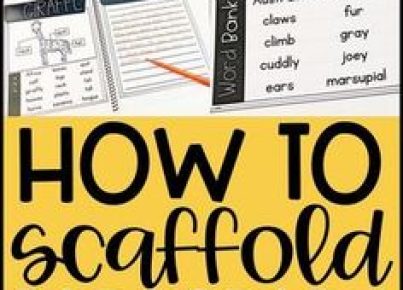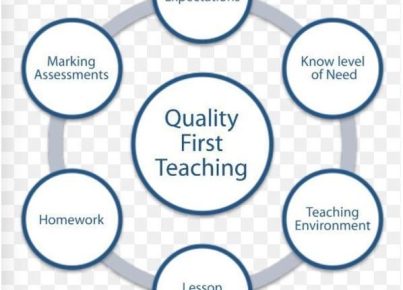Introduction
Every year, teachers across the United States spend hundreds of dollars out of their pockets to purchase essential classroom supplies. In recognition of this financial burden, the federal government introduced the Educator Expense Deduction in 2002. This tax deduction allows eligible teachers to claim a maximum of $250 for education-related expenses. However, many wonder why the limit is set at such an arguably low amount.
The Origin and Purpose of the Educator Expense Deduction
The Educator Expense Deduction was initially created as a short-term measure under the Job Creation and Worker Assistance Act of 2002. The initial intent was to provide some financial relief for K-12 teachers who purchased necessary classroom materials with their own funds.
Over time, this tax deduction has been extended and modified by different legislations. It was made permanent in 2015 under the Protecting Americans from Tax Hikes (PATH) Act. The purpose behind setting a limit on this deduction is to prevent abuse and maintain balance in our tax system.
Factors Contributing to the $250 Limit
1. Budgetary Constraints: One of the primary reasons for capping the deduction at $250 could be budget constraints faced by the federal government. Allocating more funds for teacher tax breaks would mean reallocating resources from other important areas or increasing taxes for other taxpayers.
2. Inflation and Revision: When it was first introduced in 2002, its limit was set at $250 without any adjustments for inflation over time. Given that many tax provisions are regularly revised, it remains unclear why there hasn’t been an increase with inflation.
3. Policy Balance: Providing larger deductions for teachers could lead to calls for similar benefits from other professionals who must also spend money on work-related expenses without reimbursement.
4. Utilization Rates: It’s possible that utilization rates among eligible educators play a role in determining the limit. If only a small percentage of teachers are taking advantage of the tax relief, lawmakers may see no urgency to increase the limit.
The Reality for Teachers
Despite the $250 tax deduction, the financial burden of purchasing classroom supplies remains significant for many educators. According to a survey conducted by the National Center for Education Statistics, public school teachers reported spending an average of nearly $480 per year on classroom supplies in the 2015-2016 school year.
Conclusion
While the $250 limit on the Educator Expense Deduction may not fully cover teachers’ out-of-pocket expenditures, it still provides some assistance to those investing in their students’ education. An increase in this deduction could potentially alleviate some of the financial pressure faced by educators. However, this would require policymakers to weigh budgetary constraints and policy balance against the need for higher deductions.





